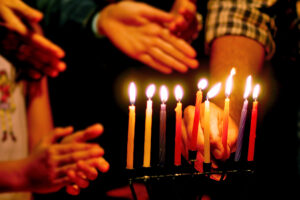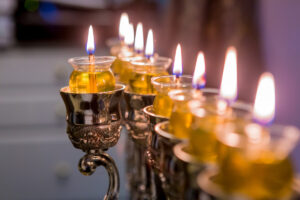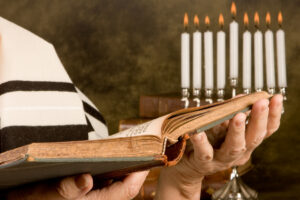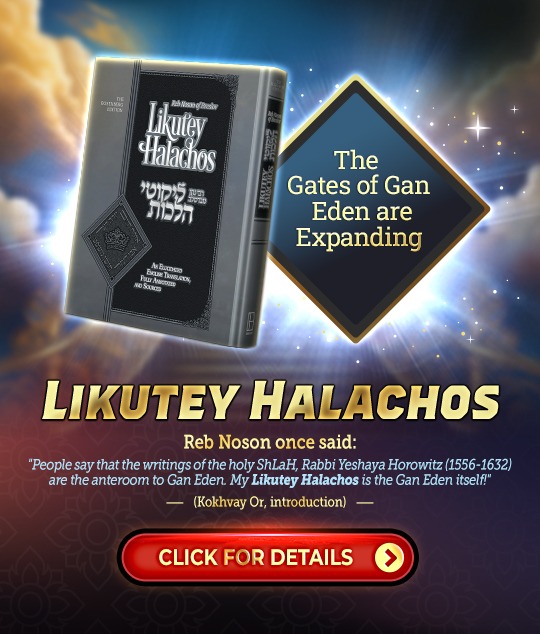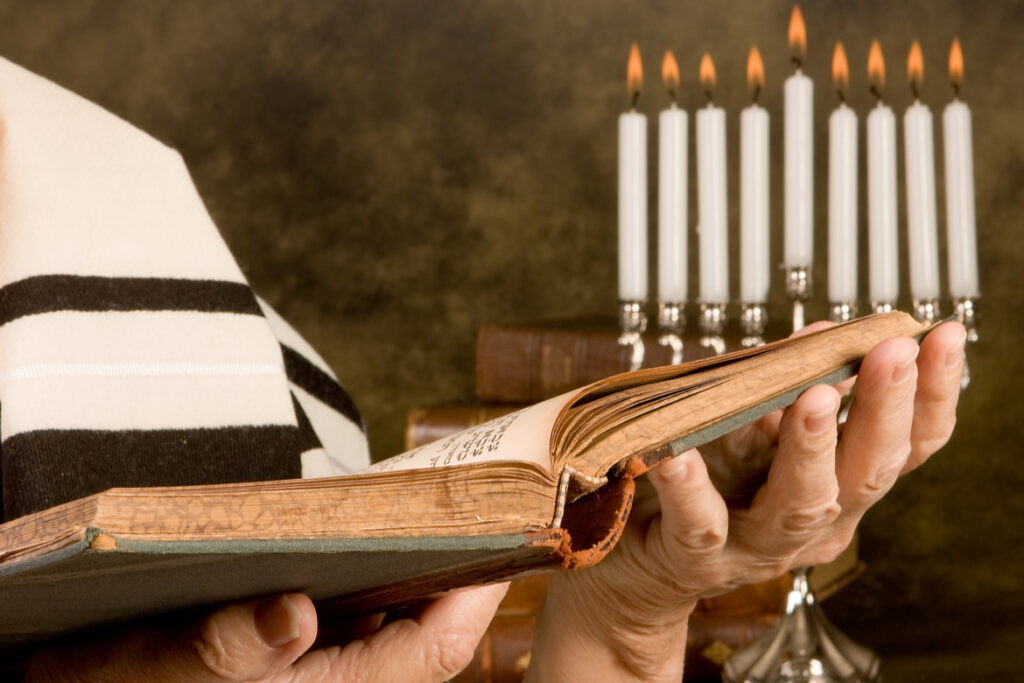- BRI Women ⬦ Faith ⬦ Jewish Holidays ⬦ Read
Purim: Crushing Haman with Joy
Adar is a month about which the Talmud says: When Adar enters, we increase our joy. This year, 5779, is a Jewish leap year and in a leap year, we have two months of Adar. We literally have double the opportunity to increase our joy as we prepare for Purim, the happiest day on the calendar.
Purim is a time when we feast, party, sing, dance, and spend time with family and friends. It’s an auspicious time for powerful prayer. Purim is also a time when we give.
We give mishloach manot, gifts of food and drink to friends, family, acquaintances, business colleagues. We give mishloach manot to people to show our appreciation. We can even give them to people we’re at odds with in order to “make peace”
Purim is also a time where we give matanot l’evyonim, special gifts of charity to the poor. These gifts are given to anyone we think might need the money. On Purim, we also give charity to anyone who asks, without any restraint. We give above and beyond our natural feelings of generosity or even common-sense. This is the time to cut loose and give with joy. All this generous giving, getting together with friends, and feasting, naturally increases our joy. The amazing thing about this joy is that with it, we fulfill an important Torah commandment: To crush and destroy Amalek (who is Haman, too.)
Today we understand Haman-Amalek is not just a person or a nation, but a negative spiritual energy. It is a klipah (a “husk”) that is more often expressed internally than externally.

Reb Noson tells us that this klipah of Haman-Amalek is actually the negative imagination, the confusing fantasies that we all have. With these fantasies we can talk ourselves into feeling depressed, feeling bitter, feeling angry or jealous. The negative imagination convinces us that temporal pleasures are the only things worth living for. We can even imagine that we might as well “give up” and live as if we don’t have souls, God forbid.
The good news is that the Haman-Amalek imagination can be crushed, especially during Adar and Purim. By giving generously, by strengthening friendships, by praying with sincerity, we increase our joy and we crush Haman-Amalek. Haman-Amalek hates nothing more than Jewish joy and holy delight. And our joy obliterates Haman-Amalek, this in turn triggers an internal increase in joy, in a healing cycle of happiness.
When we’re able to overpower and destroy the kelipah of Haman-Amalek inside us, we are able to reach levels of holiness we don’t have access to any time of year. Because true joy is holiness.
If you haven’t already started to increase your joy, why not start now?
*Haman was a descendent of Agag, the King of the Amalekites, the cruelest enemy of the Children of Israel.
- 0 comment







